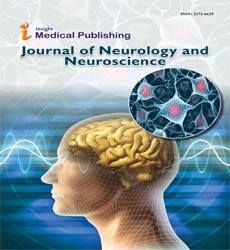Abstract
Pacifier Use May Decrease the Risk of SIDS
The purpose of this review article is to explain how pacifier use might prevent sudden infant death syndrome (SIDS). After describing the mesencephalic trigeminal nucleus description, we will discuss the effect of sleep during the non-rapid eye movement (NREM) stage. We hypothesize that during NREM sleep, intense inhibitory neurotransmission by gamma-aminobutyric acid (GABA) and galanin from the ventrolateral preoptic hypothalamic nucleus (VLPO) and median preoptic nucleus (MNPO) to the brainstem activates the mesencephalic trigeminal nucleus (Me5). In response, glutamate is released to overcome the inhibitory effect of GABA and galanin on the ascending reticular activating system (ARAS) nuclei. Infants lack teeth, which means the Me5 cannot optimally exercise its function, and GABA signaling is unopposed. This excess of GABA can lead to extreme "brainstem system" weakness, and many cells of the cerebral stem nuclei do not work properly. For this reason, some infants have high "sensitivity" to numerous non-lethal factors due to momentary weakness of the system (e.g. long QT and trivial infections). Perhaps most importantly, there is "weight" on the respiratory system due to the imbalance of certain neurotransmitters, most notably serotonin.
Author(s):
Giovanni Andrisani and Giorgia Andrisani
Abstract | Full-Text | PDF
Share this

Abstracted/Indexed in
- Google Scholar
- Open J Gate
- Genamics JournalSeek
- The Global Impact Factor (GIF)
- China National Knowledge Infrastructure (CNKI)
- Directory of Research Journal Indexing (DRJI)
- WorldCat
- Proquest Summons
- Scientific Journal Impact Factor
- Secret Search Engine Labs
- Euro Pub
Open Access Journals
- Aquaculture & Veterinary Science
- Chemistry & Chemical Sciences
- Clinical Sciences
- Engineering
- General Science
- Genetics & Molecular Biology
- Health Care & Nursing
- Immunology & Microbiology
- Materials Science
- Mathematics & Physics
- Medical Sciences
- Neurology & Psychiatry
- Oncology & Cancer Science
- Pharmaceutical Sciences

